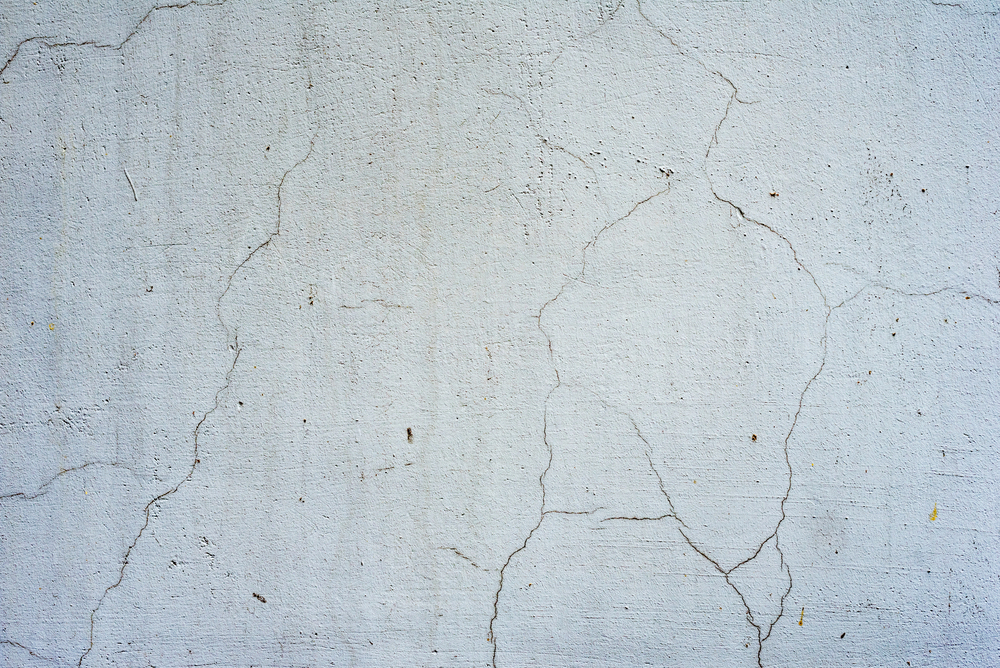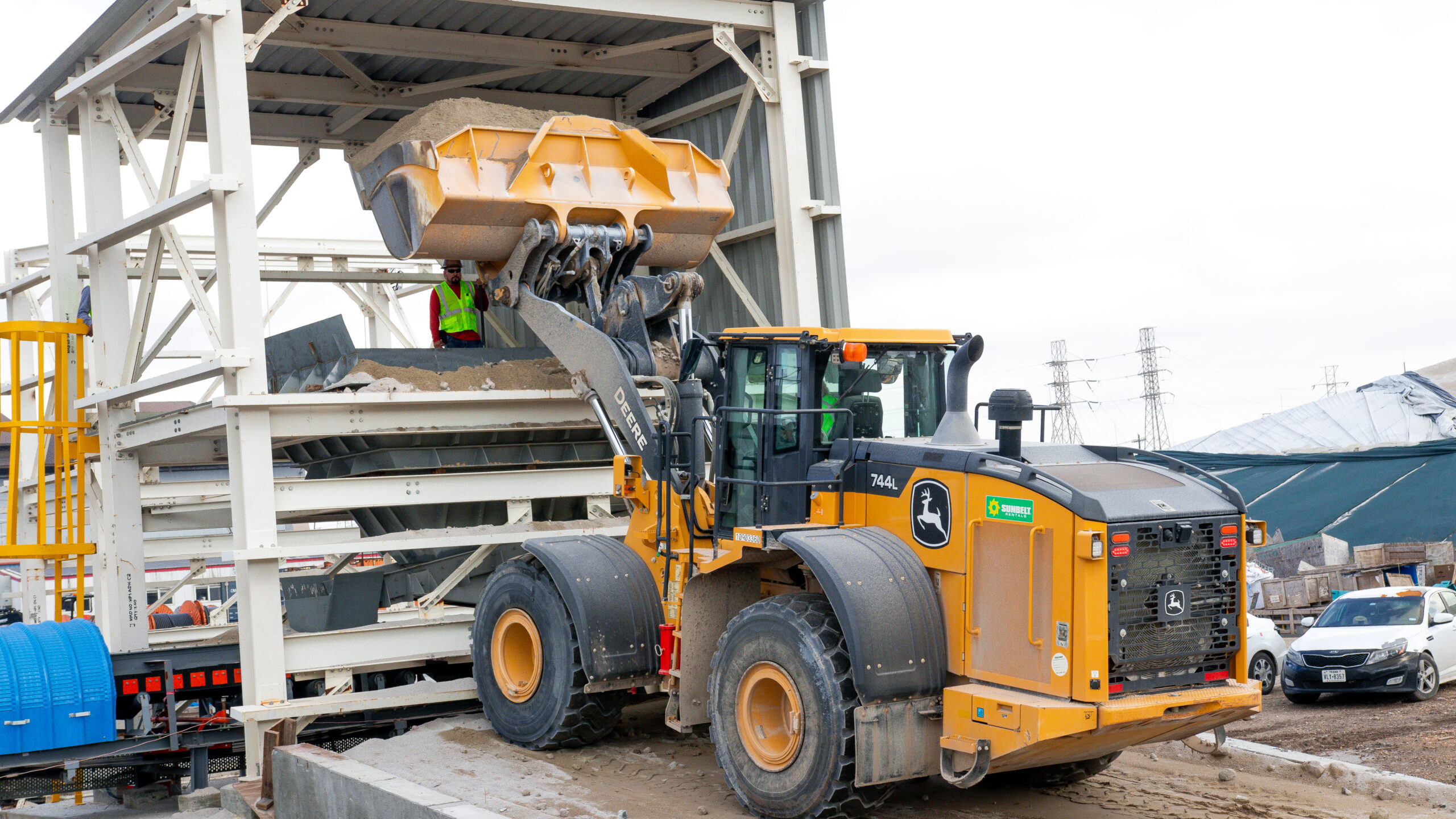Overview: Slag cement is a powerful material that, when used in concrete production, can significantly enhance the durability and lifespan of concrete structures. This improvement is achieved through a combination of chemical and physical benefits, making slag cement an essential component in creating long-lasting and resilient concrete.
Chemical Benefits:
Resistance to Sulfate Attack: Slag cement increases concrete’s resistance to aggressive sulfate solutions, protecting structures from deterioration in harsh environments.
Mitigation of Alkali-Silica Reaction (ASR): By mitigating the deleterious reactions between cement alkalis and reactive silica in aggregates, slag cement helps prevent cracking and structural damage over time.
Physical Benefits:
Reduced Heat of Hydration: Slag cement reduces the heat generated during the hydration process, minimizing the risk of thermal cracking, especially in large pours.
Improved Strength: Concrete made with slag cement not only achieves high strength but continues to gain strength beyond the standard 28-day period, often exceeding the performance of traditional Portland cement concrete.
Decreased Permeability
One of the most critical benefits of using slag cement is its ability to significantly lower the permeability of concrete. This reduction in permeability prevents Chloride Ion Ingress, which is a major cause of reinforcing steel corrosion.
Enhances Durability
Keeping water out of the concrete matrix greatly reduces the risk of various durability issues, including sulfate attack and ASR, thereby extending the life of the structure.
Conclusion: Incorporating slag cement into your concrete mix not only enhances performance but also contributes to the long-term sustainability and cost-effectiveness of your projects. By improving the durability and reducing the permeability of concrete, slag cement ensures that your structures stand the test of time.




